Dunstan Chestnut History
The American chestnut was the most important food and timber tree species in the Eastern hardwood forest. It was almost completely destroyed by a bark fungus accidentally introduced from the Orient in 1904. Within 40 years, over 30 million acres of chestnut trees were killed from Maine to Georgia and west to the Mississippi. This tragedy was easily the worst ecological disaster in American history.
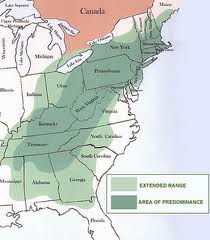

The chestnut was an amazingly useful tree. Its plentiful nuts were eaten by people, game and wildlife. Its beautiful, rot-resistant lumber was used for everything from furniture to fence posts, and its tannin was used in the tanning industry. The loss of the chestnut, at the time of the Great Depression, had a devastating effect on the people and wildlife of the Appalachian mountains. The economic loss from the chestnut’s demise amounted to millions of dollars.
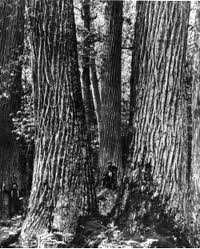
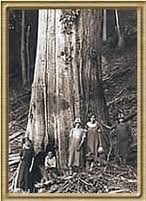
The Dunstan Chestnut
Castanea dentata X mollissima
In the early 1950s, James Carpentar of Salem, Ohio, discovered a large living American chestnut in a grove of dead and dying trees. A member of the Northern Nut Growers Association, Carpentar was very impressed with the tree as it showed no evidence of blight infection. Over the next several years, he inoculated the tree with active blight spores and mycelia, but failed to induce any infection in the tree.
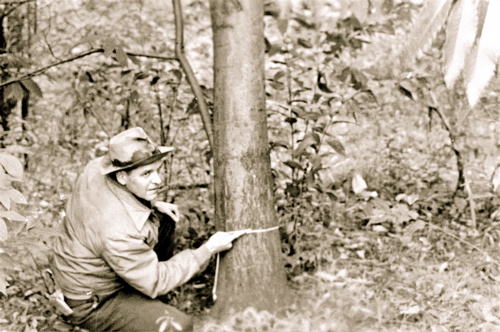
Carpentar sent budwood to Dr. Robert T. Dunstan, a fellow member of NNGA and well-known plant breeder in Greensboro, N.C. Dunstan grafted the scions onto chestnut rootstock and the trees grew well. He cross-pollinated the American grafts with a mixture of 3 superior USDA released Chinese chestnut selections: “Kuling,” “Meiling,” and “Nanking.”
In 1962, seedling trees from the first cross began to bear. Selecting the individuals with the most hybrid characteristics, Dr. Dunstan crossed them back to both the American and Chinese parent trees. The resulting second generation was moved to Alachua in north central Florida, on our nursery property, where the trees have been growing and bearing every year for almost 50 years! These hybrid trees have been grown throughout much of the eastern United states, and almost none have died from the blight.
Starting in 1984 we planted a grove of 500 trees using both grafts from the best of the second generation trees and a third generation of seedling Dunstans, many of which are now over 50′ tall and 16-20″ in diameter.


Blight Resistance and Best Nut Production
The second generation of Dunstan Hybrid Chestnuts shows a variable combination of American and Chinese traits. They are not a particular percentage of American or Chinese parentage.
We have chosen several cultivars that have the very best combination of nut and tree characteristics – blight resistance and the production of large high quality nuts. These Dunstan Chestnuts are the only chestnuts to ever receive U.S. Plant Patents. We only produce trees grown from seed from this orchard of the best trees. Because the parent trees all are blight resistant and produce large, sweet tasting nuts, a very high percentage of these seedling trees also bear excellent quality nuts. Grown correctly, they will form a good timber tree capable of producing beautiful rot-resistant saw timber.
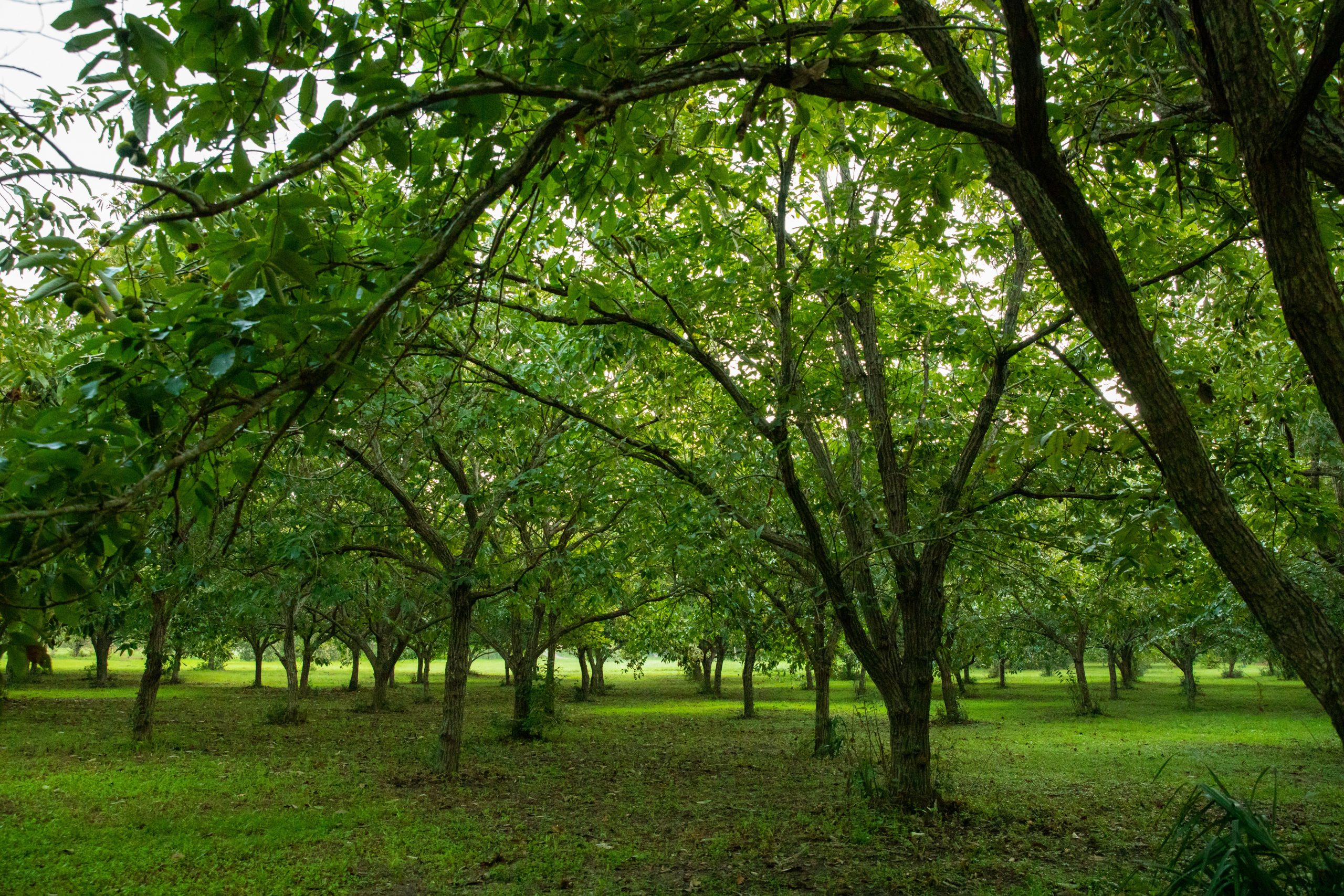
Resistant to Chestnut Blight
Dunstan Chestnuts have been tested for resistance by inoculation with blight. No significant canker formation was observed for 4 years. Limited growth of the blight cankers was seen on only a few trees and, in most cases, the inoculation wound healed completely.
Reports from growers at thousands of locations around the U.S., from New England to Michigan, south to Florida and east Texas have shown that the Dunstan Chestnuts have excellent survival, growth and nut production in a variety of climates, from USDA Zones 5-9.
Chestnuts can survive average minimum lows of -20°F when fully dormant, but can be damaged by early fall and late spring freezes.
Many chestnut trees sold in the U.S. are not blight resistant, such as seedling American chestnuts, or European x Japanese hybrids (including Colossal). Blight resistance is extremely important, even in areas that currently do not have blight. Accidental outbreak can destroy susceptible trees. In blighted areas (the entire eastern U.S.), only blight-resistant trees will produce.
Dunstan Chestnut seedlings produce heavy yearly crops of very large and sweet-tasting nuts. The nuts average 15-35 nuts per pound, as compared to Chinese nuts (35-100 per pound) and American nuts (75-150 per pound). They are much better tasting than imported European nuts and are never bland or bitter. The nuts peel easily, unlike imports that have clinging and ingrown pellicles (seed coats). The nuts ripen in September-November. Dunstan Chestnuts can produce nuts in only 3-5 years of age depending on care and climate. Trees planted in colder regions such as USDA zone 5, may bear between 5-7 years of age.

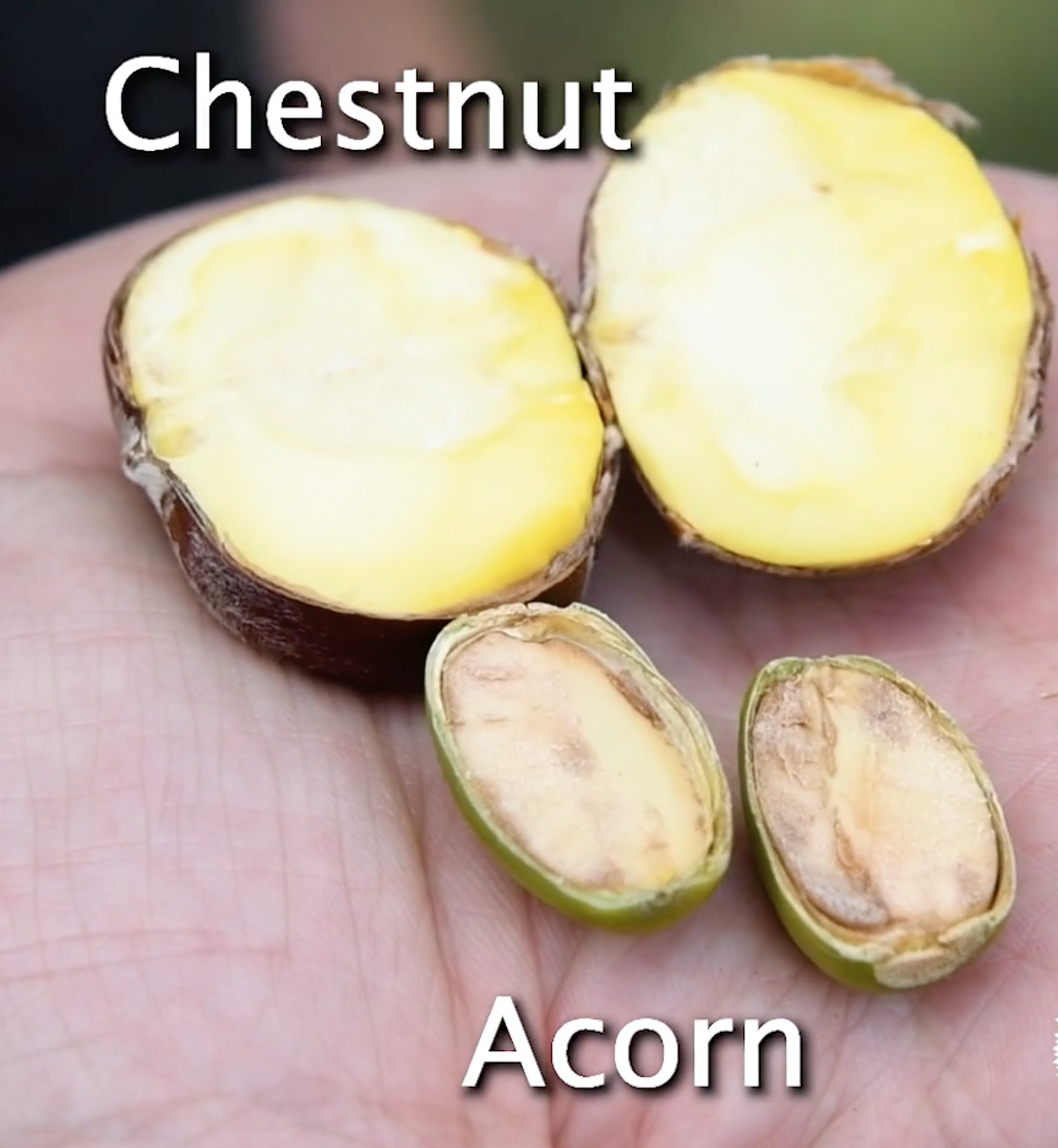
The Return of the Chestnut
The blight-resistant Dunstan Chestnuts made the re-establishment of the chestnut forests possible, revitalizing the available nutrition for wildlife and the environment.


